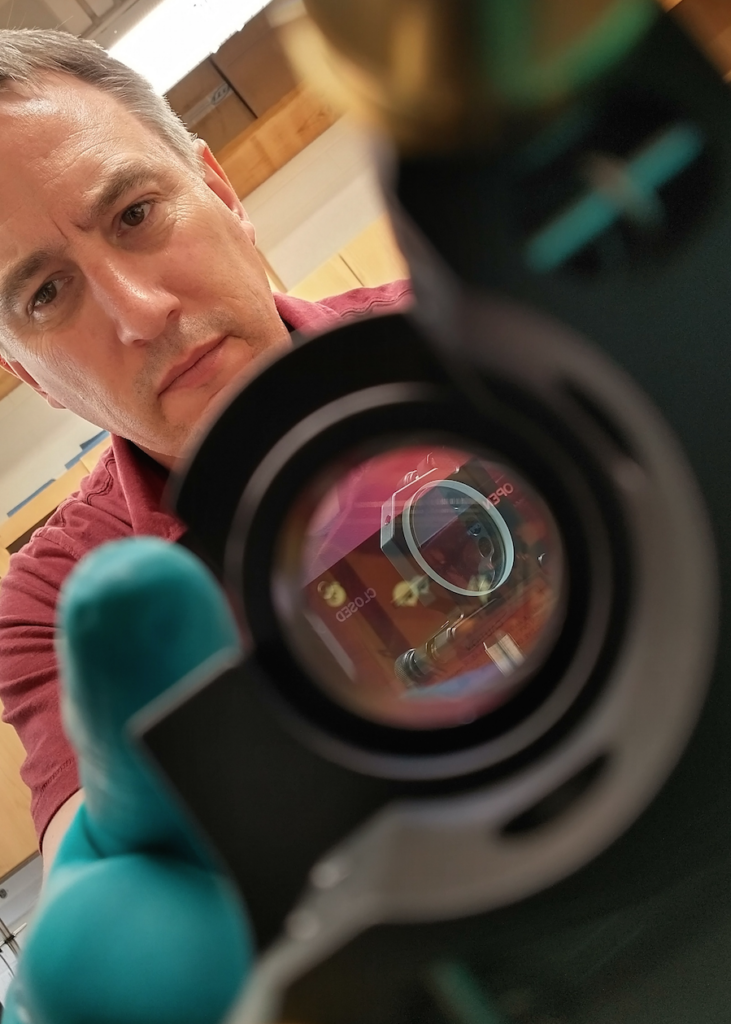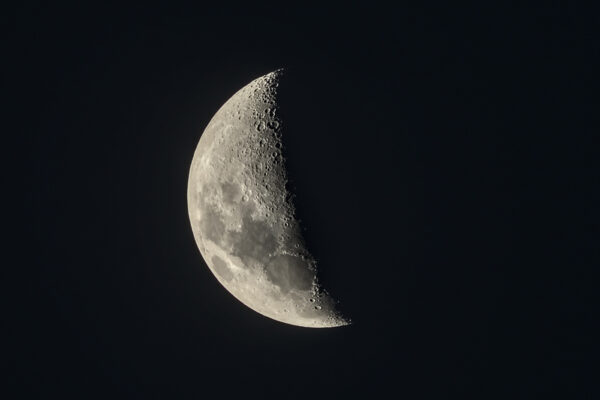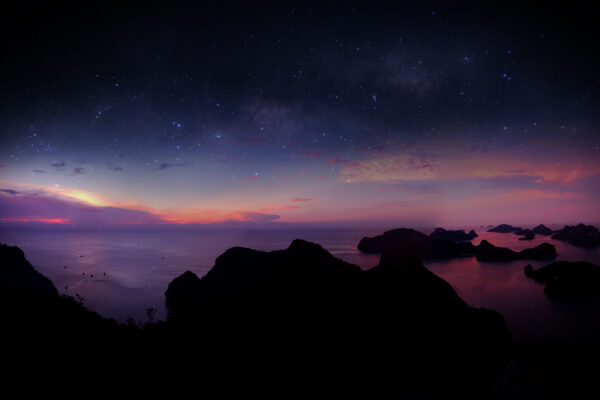Scientists at Washington University in St. Louis are developing a prototype for an instrument for a future Moon mission with support from a nearly $3 million grant from NASA.
Jeff Gillis-Davis, a research professor of physics in Arts & Sciences, will lead the effort to develop and test a device to measure the chemistry of rocks, minerals, soil and ices on the Moon’s surface.

The device will be small enough to be carried by a rover or other robotic explorer. It will fire laser pulses at its target, super-heating the rock or ice to create plasma emissions that can immediately determine which elements are present.
This kind of information is essential for figuring out how much water or other resources are present in a particular location on the moon.
“This device, with its advanced capabilities, represents a significant leap in lunar science instrumentation,” said Gillis-Davis, a faculty fellow in the university’s McDonnell Center for the Space Sciences. “Future measurements by this instrument could provide an important step toward better understanding the delivery of water to the Earth-Moon system.
“With our proposed development plan, we anticipate being ready for flight hardware production within the next three years, making our device an optimal candidate for NASA’s lunar exploration missions,” Gillis-Davis said.
“We aim to revolutionize the capabilities of landers, rovers, hoppers and astronauts by incorporating cutting-edge resource exploration technologies,” said Pablo Sobron, founder of St. Louis-based small business Impossible Sensing, a co-investigator for the new project. Sobron is a former postdoctoral research associate at Washington University. “By creating detailed in-situ resource maps in real time, we will obviate the need for traditional regolith sampling and processing.”
In 2026, NASA plans to send astronauts back to the Moon as part of its Artemis mission.
The space agency is eyeing the Moon’s water with more than just basic science in mind. If humans are able to successfully mine lunar ice, it could be used for drinking or infrastructure needs. Or it could be split into its elemental components — hydrogen and oxygen — and used as fuel for high-energy rockets. Future lunar refueling stations could propel explorers to sites all over the inner solar system.
Brad Jolliff, the Scott Rudolph Professor of Earth, Environmental, and Planetary Sciences in Arts & Sciences and director of the McDonnell Center for the Space Sciences, added: “This collaboration highlights the innovative spirit at Washington University and underscores our commitment to advancing space exploration through cutting-edge research and partnerships.”
This new grant was awarded under NASA’s Development and Advancement of Lunar Instrumentation (DALI) solicitation.


